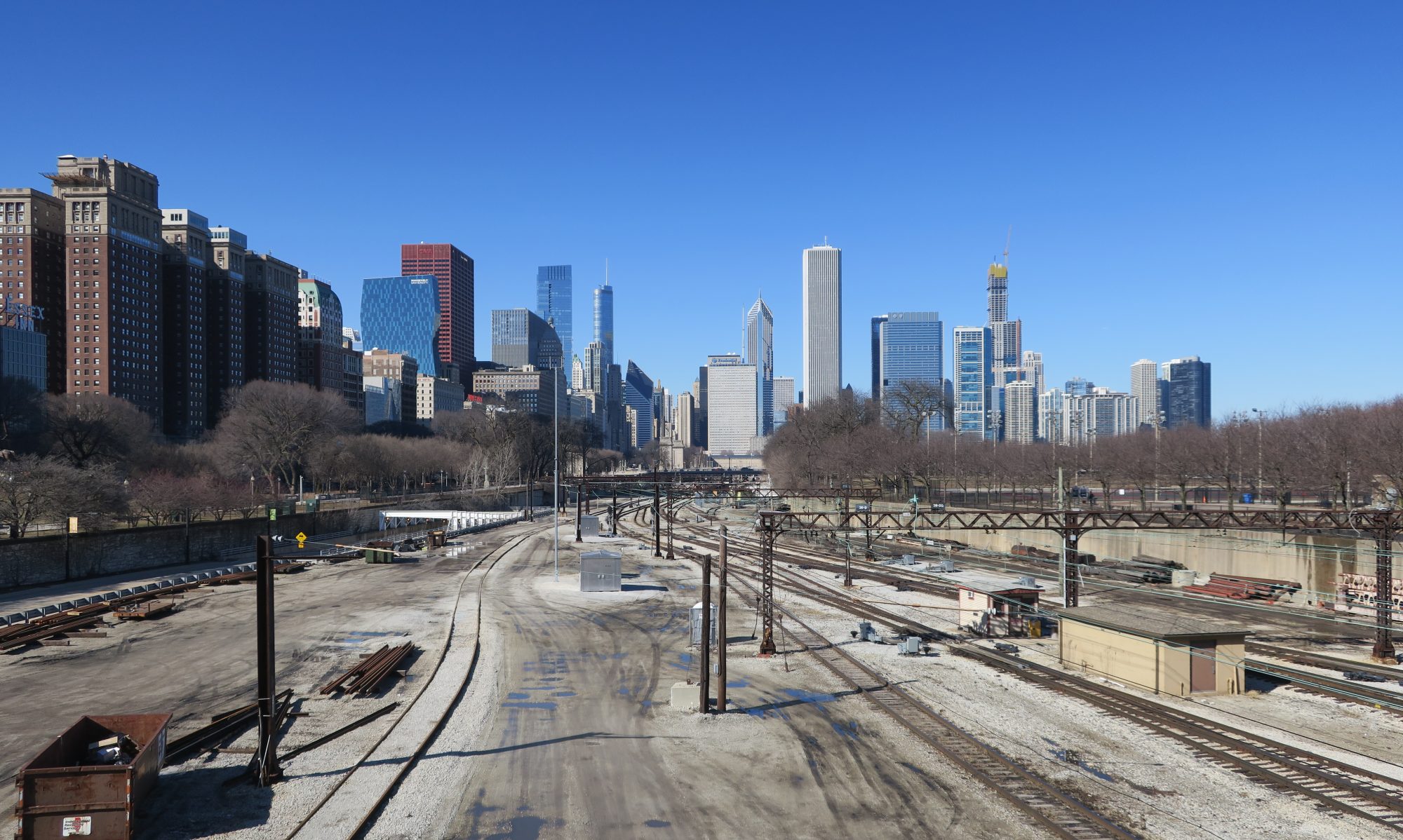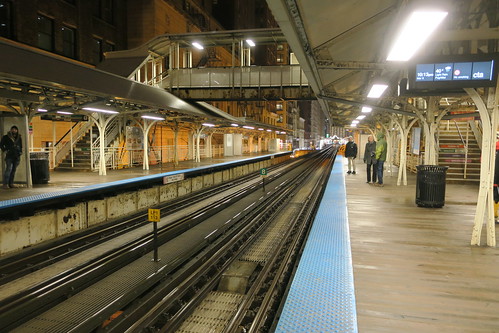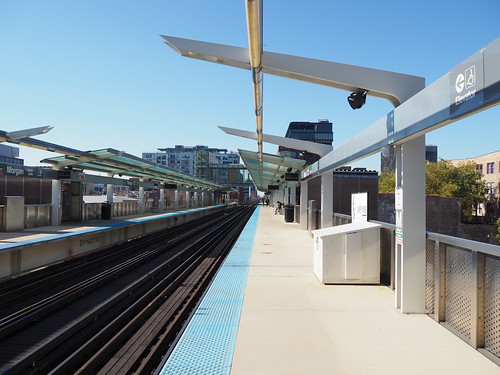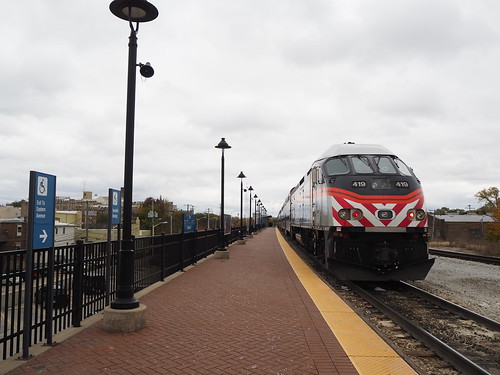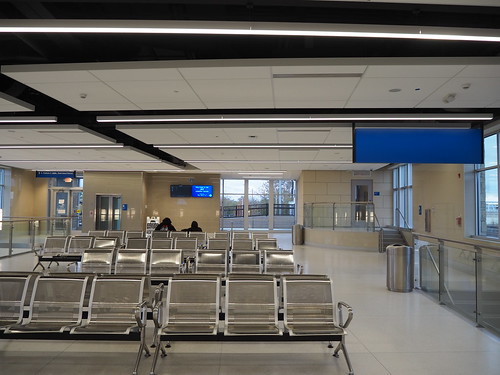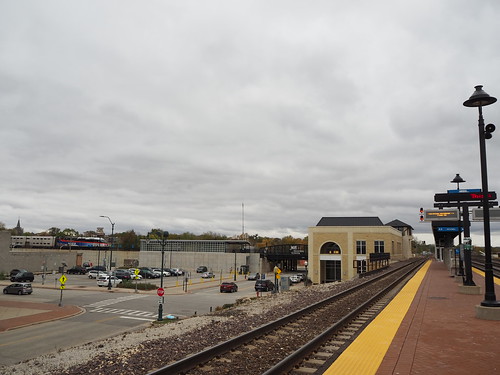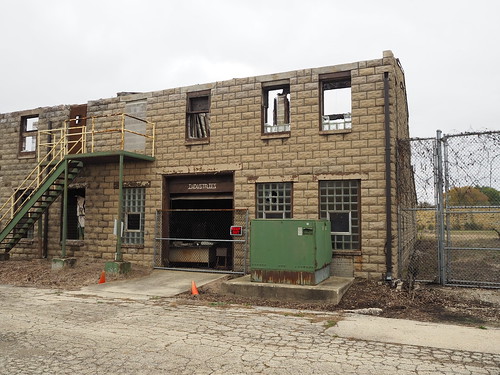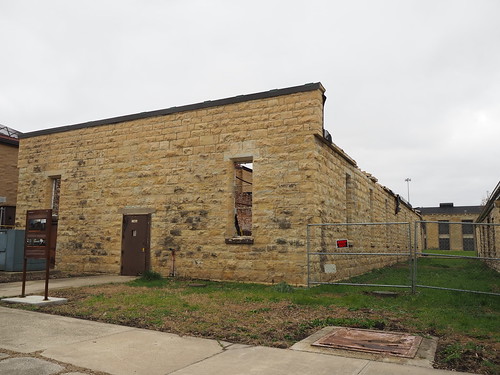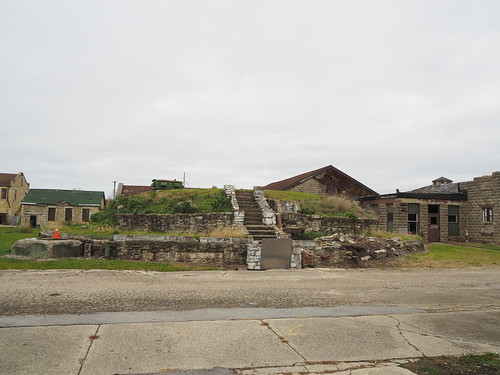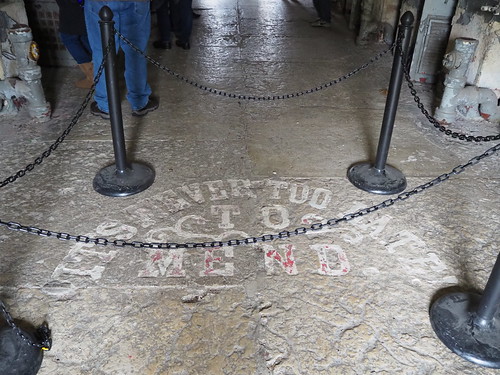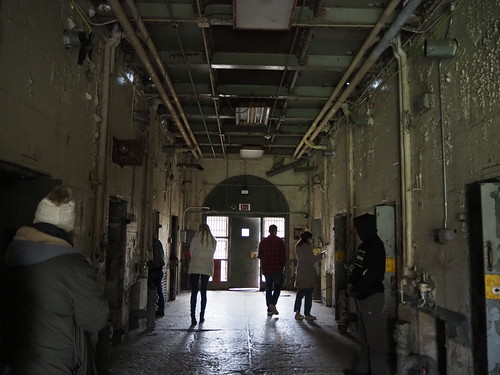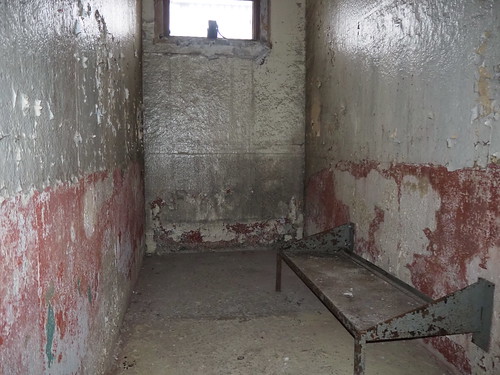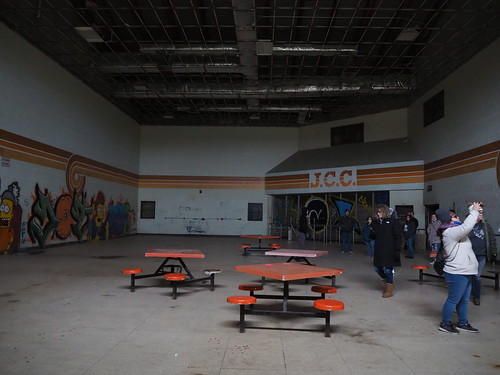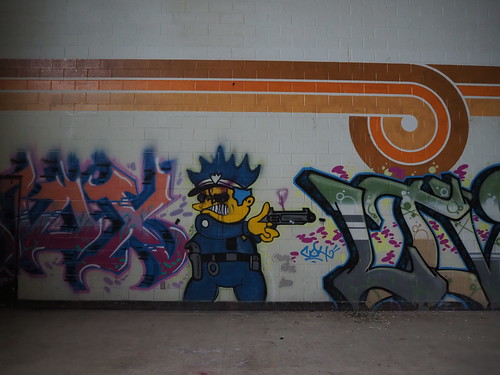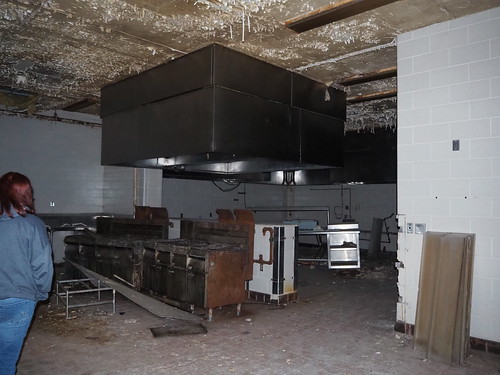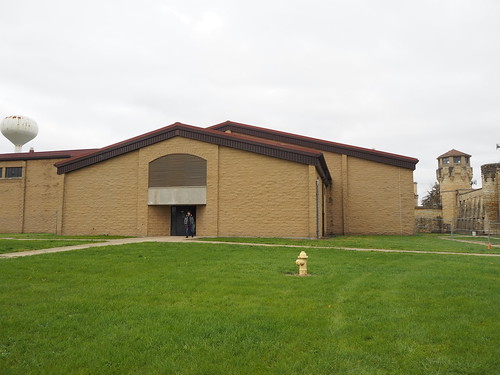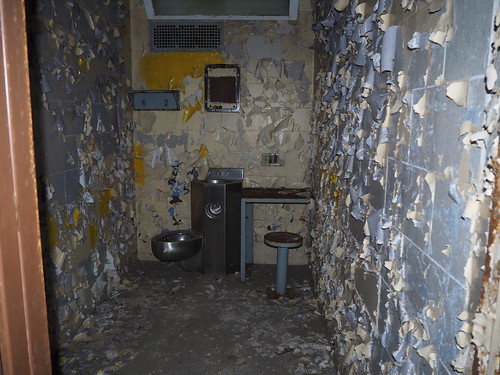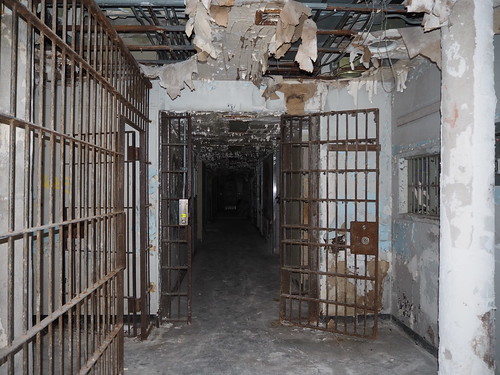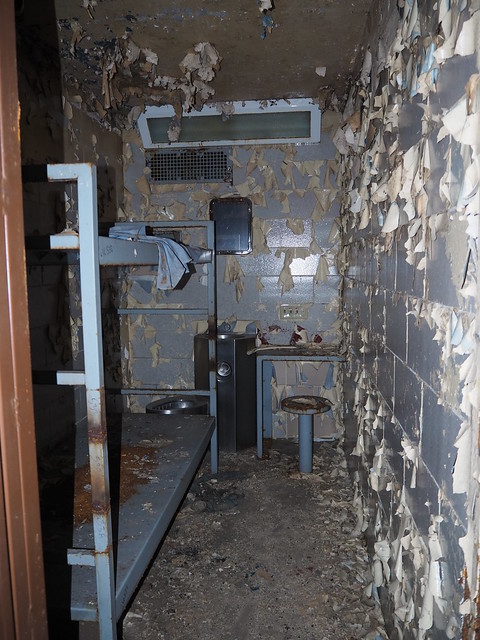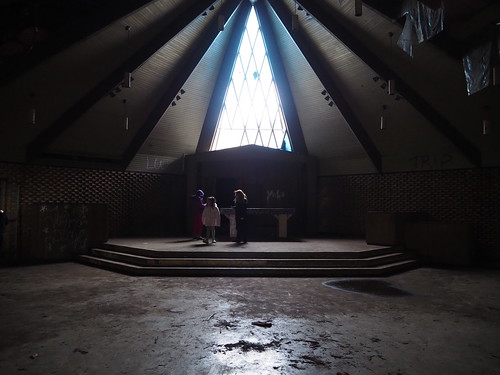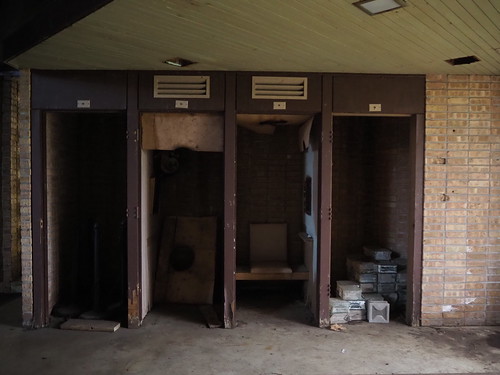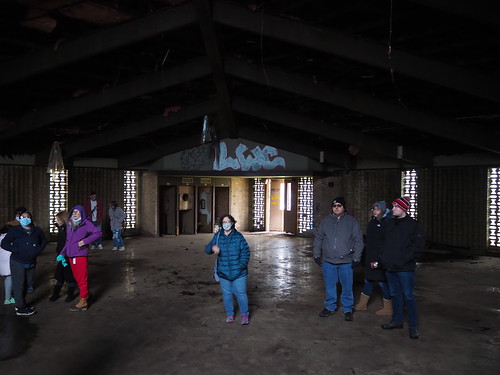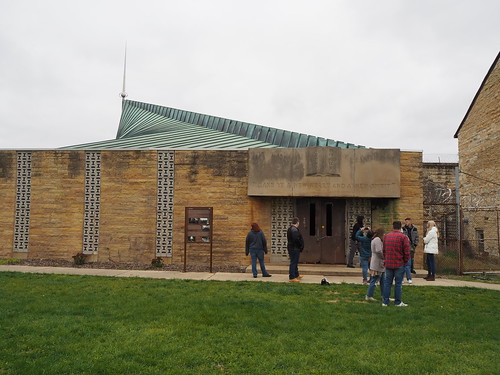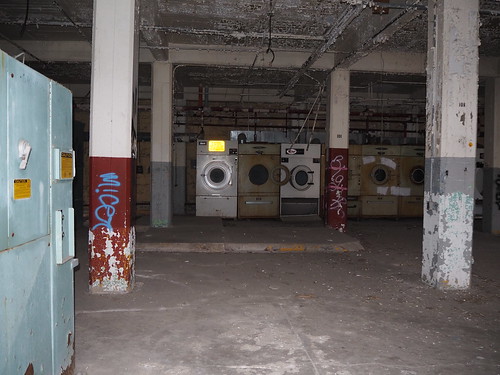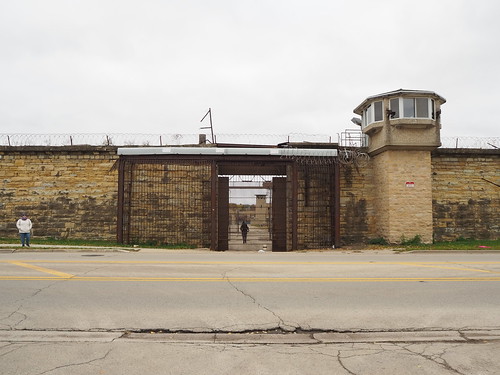At long last, I have photographed all 145 stations on the Chicago L! If you just want to see the pictures and not read the rest of this post, check them out here.
My first published photo was taken on March 9, 2019 at Adams/Wabash:
…and my last published photo to complete the set was taken at Morgan on November 6, 2021:
This was a really fun project, even if exhausting at times, especially near the end where I was trying to finish before it started snowing and we were less likely to get clear skies so I had to take advantage of the chances I got. This involved a lot of days getting up, eating breakfast, loading a day pass onto my Ventra card, and heading out the door to the Red Line then spending most of the day out on the train in parts of the city far from home and ending the day with an hour or two of sorting photos and choosing which ones to upload.
In the course of this project I really came to appreciate the diverse nature of the system. It ranges from utilitarian like Bryn Mawr (for now) to very old-fashioned like Ashland (Green Line) and Quincy to modern like Washington/Wabash and Wilson and everything in between. Meanwhile, the track structures range from elevated to embankment to ground-level to freeway median to open-cut to tunnels. Adding to that, the scenery ranges from industrial to suburban to medium density to ultra-high density as well. Really a big mix of everything.
This project also was a really cool way to experience the city, since I didn’t just go to the stations and take some photos and leave, but instead often walked between adjacent stations and on occasion got lunch on the go (best one was Italian Beef at Nicky’s near 35th/Archer). Walking through the neighborhoods really helped me get a good feel for the area. This also helped me improve my photography skills and figure out more about what conditions are/aren’t good and which techniques work and which ones don’t.
Going forward, I do have a few gaps to fill, between certain parts of stations I couldn’t/forgot to get to for various reasons or stations that received significant changes since I originally photographed them (for example, the three Blue Line stations under Milwaukee Avenue received new flooring). I’ll hit those as I have time, but am not in any hurry. I also of course will continue photographing the ongoing construction in my part of the city. I want to photograph Metra stations (I already have photographed all the stations on the South Shore Line), but am in less of a hurry to do that. After all, Metra doesn’t run anywhere near as frequently as the L does (and some lines don’t run on weekends at all).
